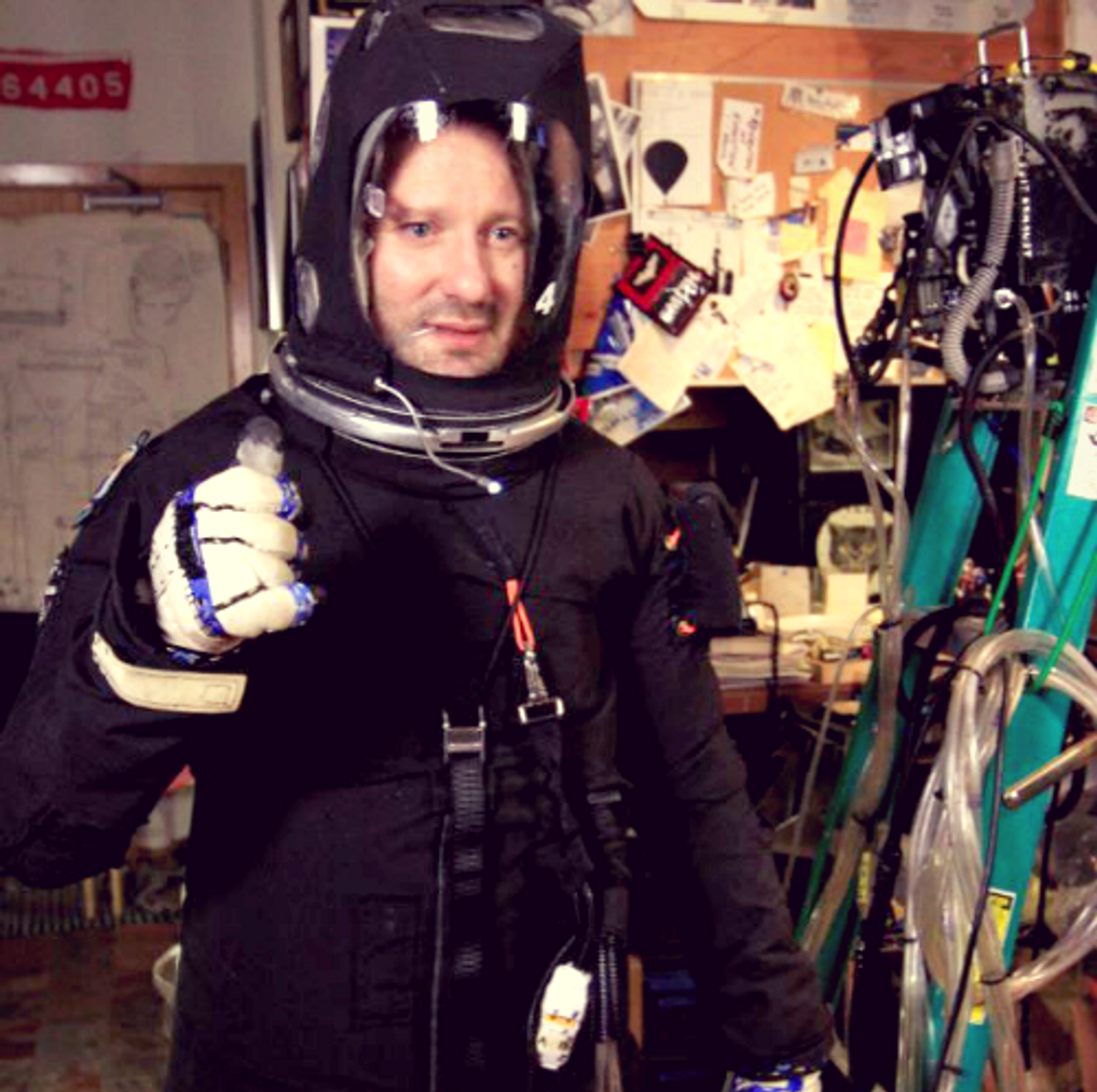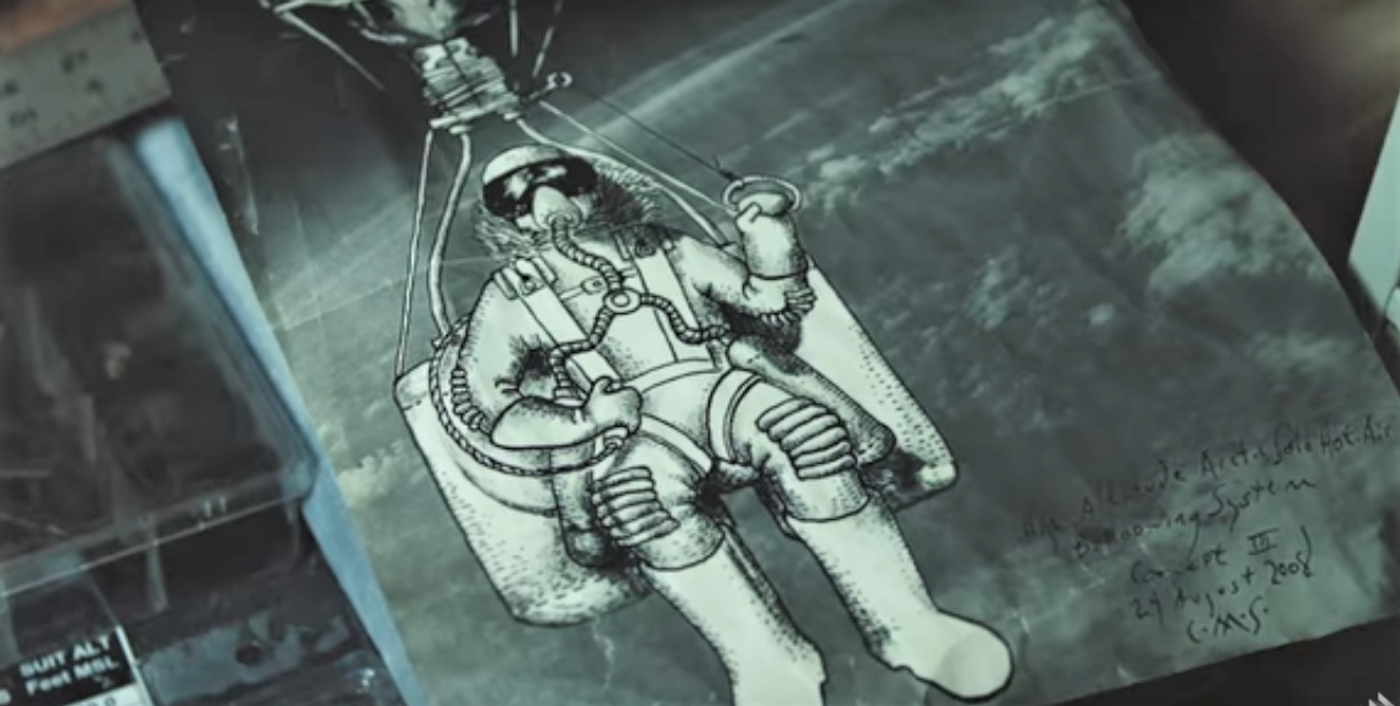Professor Will Take Homemade Spacesuit up 30,000 Feet
Anthropologist Cameron Smith of Portland State University is working hard to revolutionize the spacesuit design landscape. In March 2018, he plans to test his own homemade design at about 30,000 feet up, which is similar to the altitude of commercial planes.
“I grew up in Texas, when the culture of the Apollo missions was still reverberating,” Smith told Discover Magazine. When he was 10, his dad projected NASA footage onto the wall of his bedroom. Becoming a military pilot was the main route to space flight at the time and his eyesight barred that path for him. But, becoming an anthropologist stoked his sense of adventure and creative problem-solving, eventually leading him to begin designing a DIY spacesuit in 2008. Smith is also the co-founder of Pacific Spaceflight, a "think-tank focused on next-generation space exploration technologies,” and the author of Emigrating Beyond Earth: Human Adaptation and Space Colonization.
What Is Smith Building and Why?
Smith works with a team of volunteers in the development of a lighter, cheaper and durable suit that he hopes will be comparable to a pickup truck model of space-wear. He researched spacesuit creation back to the 30s to prepare for this endeavor and also relied on his past experience designing ship sails as part of his anthropology and archeology research. Smith’s suits can reportedly be built for a few thousand dollars, while a similar version from NASA would run closer to $70,000. He estimates that he has spent less than $30,000 on this project in the last 10 years.
Smith told Wired there are four main layers to most spacesuits: a thermal temperature control garment, a gas-tight pressure barrier, a coverall protective layer with pockets and attachment modules, and a series of exterior components (gloves, helmet, and power, gas, fluid, and communication wires and cords, etc.). Creating a suit that alleviated the wedgie factor of many current designs was another important goal the team has met.
What Comes Next for Smith?
The suit models have been tested in water, pressure chambers and hot air balloon flights. Smith owns his own balloon which can only lift himself and a lightweight life-support system through the high altitudes. In March, Smith has a 30,000-foot solo-flight test scheduled. This event will risk his life. “I’m going to be very cautious. You’ve got only about five to 15 seconds of useful consciousness up there without a spacesuit,” he told Discover.
Smith told Wired he was able to “apply evolutionary principles to adaptation to space” and now feels he can play a “tiny part” in human evolution. He plans to make his team’s designs open-source and envisions that other people will improve on them, increasing the success and public accessibility of space flight. While his career path was not a straight line, over time he honed back in on his childhood dream of working with space exploration, and he appears to have many adventures ahead.










